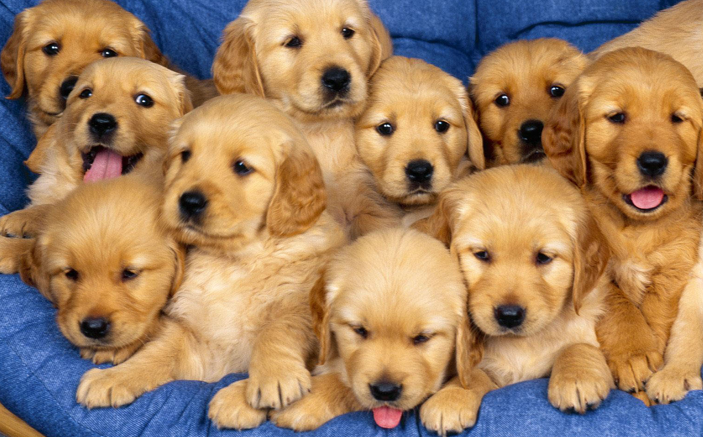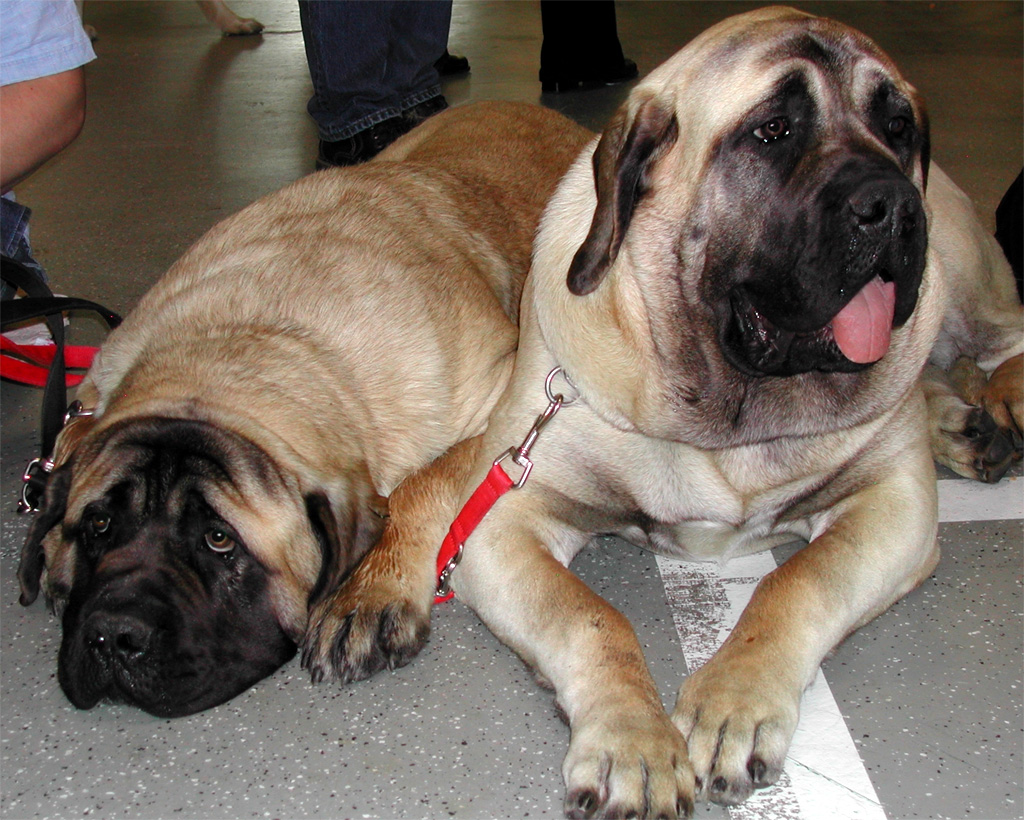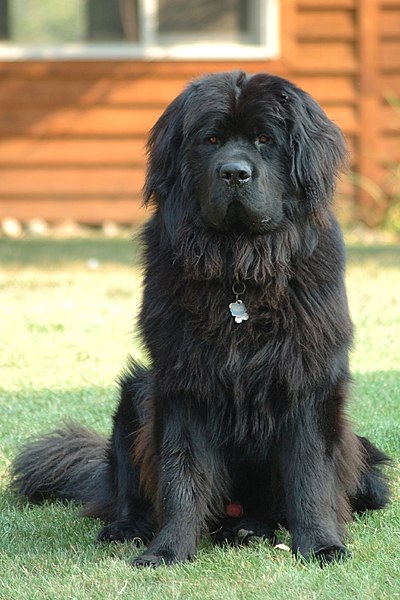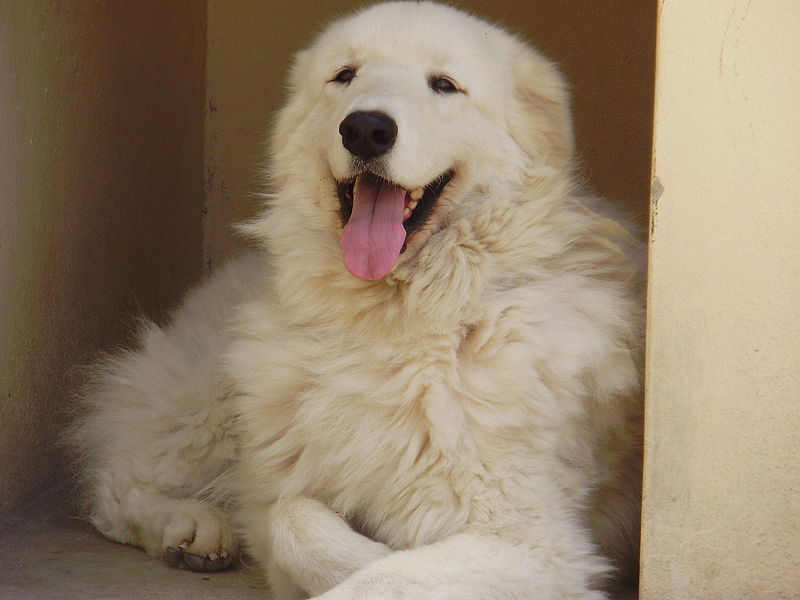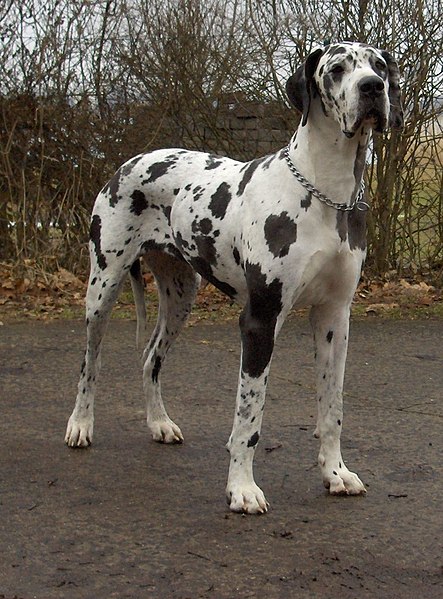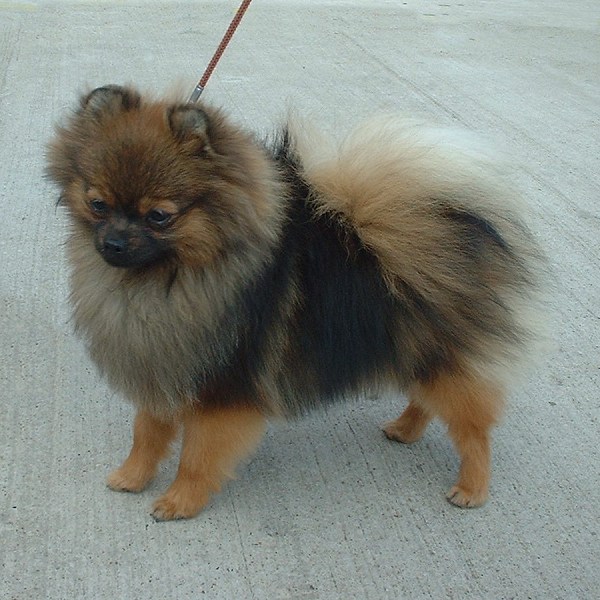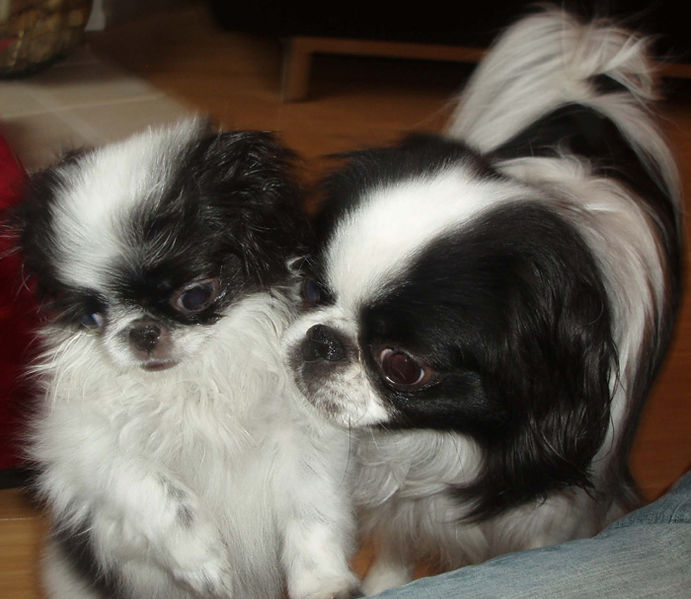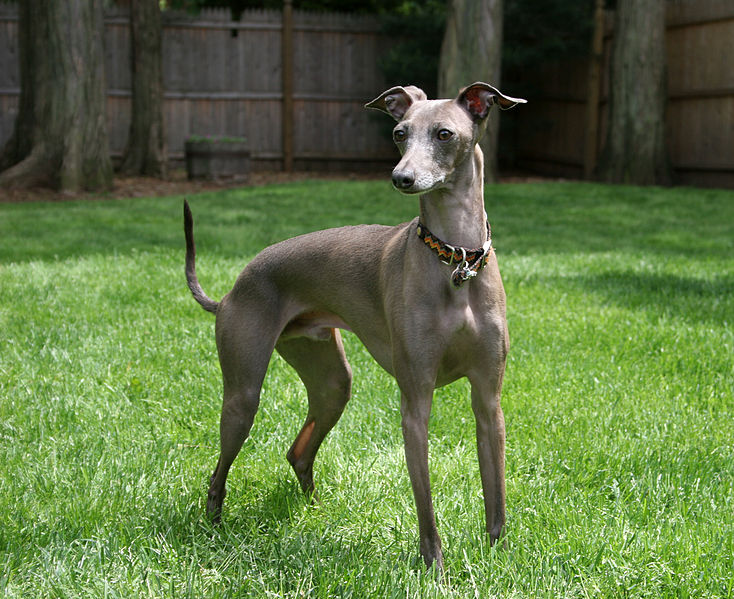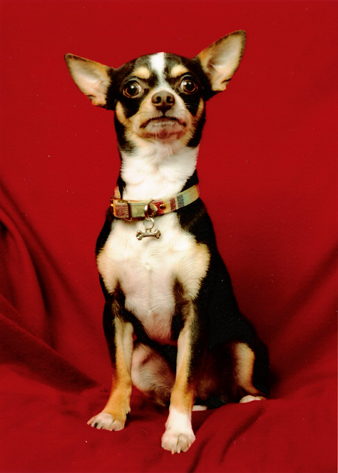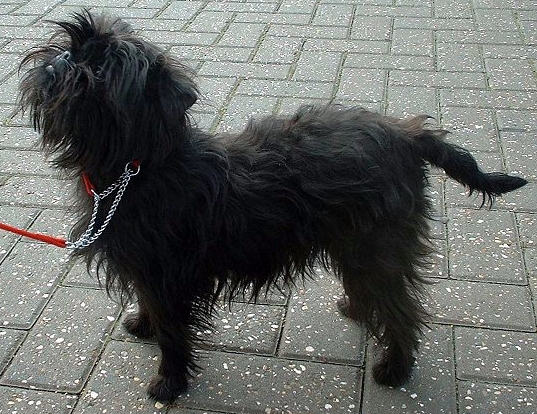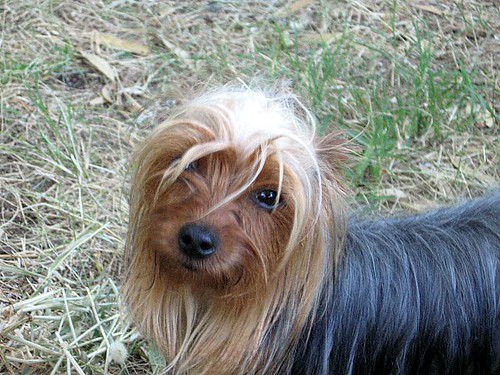Is Your Home Safe For Your Dog?
As threatening as a dog can at times prove to your living room, likewise the home can also be a lot more dangerous to a dog. Some pet owners have learned this the hard way, to their great hurt (and yet greater cost) throughout the years.
Death By Chocolate is not a peculiarly amusing concept in the canine world. Neither, for that matter, is death by slug bait, death by the perpetually lethal antifreeze, nor the rarer death by lead paint poisoning.
Whether you intend to take in a new dog into your household or you already have a dog in your home, the following safety measures will help ensure your pet's better health and happiness:
All medicines, supplements, herbal teas and other concoctions are potentially poisonous to canines and should be kept safely stored in closed cupboards or drawers.
Household cleansing agents and car additives, mainly antifreeze, should also be kept perfectly out of their reach. The containers should be cautiously trashed of when emptied.
Blue boxes and other trash bins must be kept firmly covered every time.
Never place bugs, cockroach or rat traps where a dog can sniff them out.
Always leave a clean bowl of water out for your dog and discourage it from drinking from the toilet. Also keep the toilet cover down. As an additional precaution, do not use automatic toilet bowl fresheners when you have pets around.
Never leave food around that could be fatal to a dog. This is particularly crucial in the case of chicken (brittle bones can stab a dog's stomach) and chocolate (which can lead to canine loss of sight and death).
For similar reasons, try to keep small, easily swallowed objects such as coins, toys and knick knacks safely out of the pet's reach.
Bundle up those oh-so-chewable electrical cords before treating them with a bitter-tasting spray, which is available via most petstores and vet's centers.
Some indoor plants and garden plants, can also be toxic to a dog.
© Athena Goodlight








